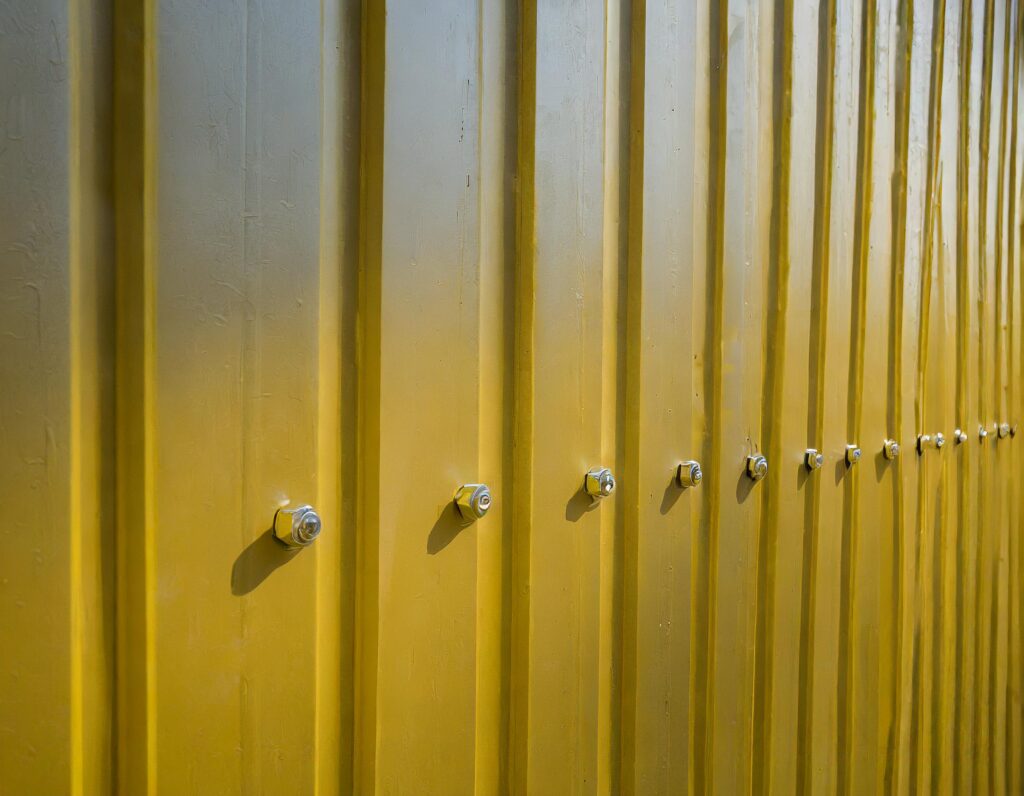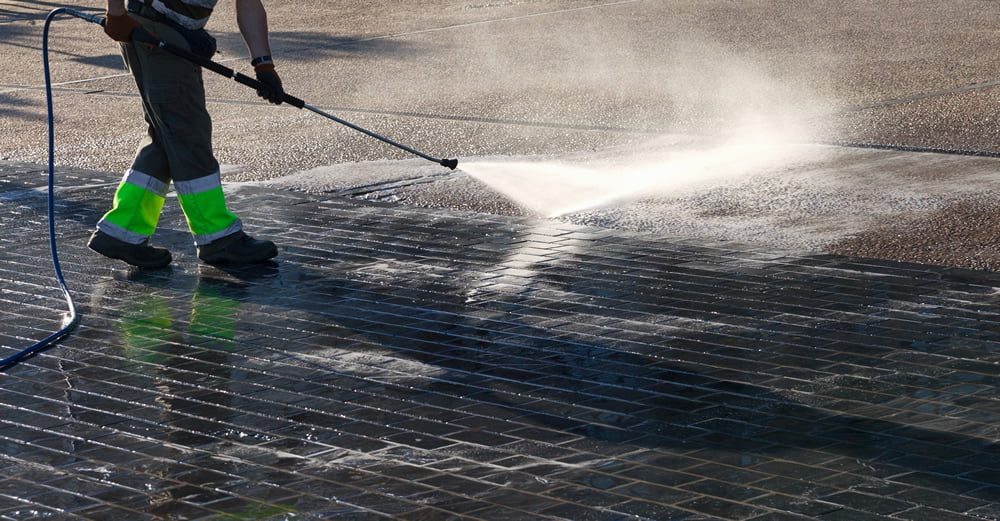Surface preparation is a crucial step in any painting project, whether it’s for industrial coatings or residential applications. Properly preparing the surface ensures better adhesion of the paint, resulting in a longer-lasting and more durable finish. In this blog post, we’ll explore the critical role of surface preparation and how blast cleaning plays a key part in enhancing paint adhesion.
Understanding the Importance of Surface Preparation: Before applying paint, it’s essential to prepare the surface thoroughly to ensure optimal adhesion and a smooth finish. Surface preparation involves removing contaminants, roughening the surface, and creating a clean, receptive substrate for the paint to adhere to. Without proper surface preparation, paint adhesion may be compromised, leading to peeling, flaking, and premature failure of the coating.
The Role of Blast Cleaning in Surface Preparation: Blast cleaning, also known as abrasive blasting, is a highly effective method for preparing surfaces for painting. By propelling abrasive media at high velocity onto the surface, blast cleaning removes contaminants, old paint, rust, and other surface imperfections, creating an optimal surface profile for paint adhesion. The abrasive media used in blast cleaning, such as sand, grit, or crushed glass, abrades the surface, roughening it and improving the mechanical bond between the paint and substrate.
Benefits of Blast Cleaning for Paint Adhesion:
- Removes Contaminants: Blast cleaning effectively removes contaminants such as dirt, grease, oil, and rust from the surface, ensuring a clean and pristine substrate for paint application. By eliminating these contaminants, blast cleaning prevents interference with paint adhesion and promotes a strong bond between the paint and surface.
- Creates Surface Profile: Blast cleaning creates a textured surface profile by roughening the substrate, which enhances the mechanical adhesion of the paint. The roughened surface provides more surface area for the paint to grip onto, improving adhesion and durability of the coating.
- Improves Coating Performance: Proper surface preparation, including blast cleaning, ensures better performance and longevity of the paint coating. With enhanced adhesion, the paint forms a tight bond with the substrate, resisting peeling, flaking, and chipping, even in harsh environmental conditions.
- Versatility: Blast cleaning can be tailored to suit different types of surfaces and substrates, including metal, concrete, wood, and masonry. Whether it’s preparing industrial equipment, structural steel, or residential surfaces for painting, blast cleaning offers a versatile solution for achieving optimal paint adhesion.
Conclusion: Surface preparation is a critical aspect of any painting project, and blast cleaning plays a vital role in enhancing paint adhesion and ensuring long-lasting coating performance. By effectively removing contaminants, creating a surface profile, and promoting mechanical adhesion, blast cleaning sets the foundation for a successful paint application. Whether you’re tackling an industrial coating project or a residential painting job, investing in proper surface preparation, including blast cleaning, is essential for achieving professional results and maximising the lifespan of the paint coating.
Ready to enhance paint adhesion and achieve superior coating performance? Contact us today to learn more about our blast cleaning services and how we can help you achieve the perfect finish for your next painting project.



